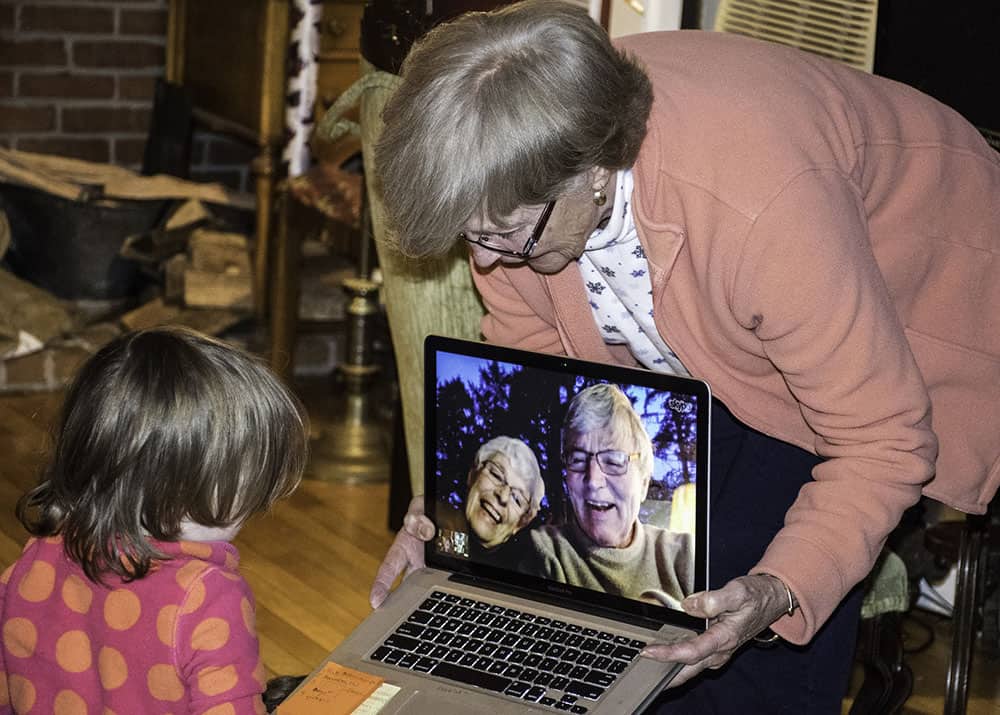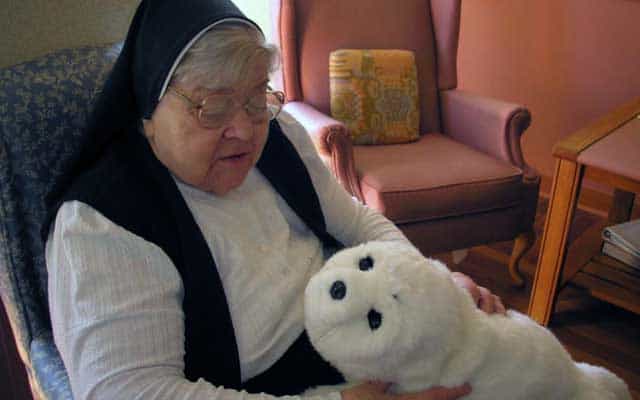Acorn Stairlifts highlights different technology supporting those in care homes

As more and more industries benefit from advancements in technology, the care home sector has experienced a raft of benefits from new technology, which can help care home residents with their mobility, wellbeing and ability to perform everyday tasks.
Acorn Stairlifts, an award-winning stairlift manufacturer, has reviewed a number of new technologies that have helped care home residents with their mobility, wellbeing, and ability to perform day-to-day tasks.
The benefits of telemedicine
GPs across East Lancashire have been showcasing the advantages that telemedicine can provide to care homes. A form of telecare, the scheme has been piloted in the north-west England region and sees calls carried out by care home staff being routed to a Hub monitored by hospital based-nurses, as opposed to the calls going straight through to a GP.
Once answered, one of the nurses working at the Hub will be able to assess the reason for the call and then decide between the following three options:
- Determine that a visit by a doctor to the care home is necessary
- Determine that a visit by a district nurse or another member of the healthcare team to the care home is necessary
- Determine that the care home resident will be better to attend the hospital’s emergency department.
Due to their experience and skills, nurses at the Hub will also be able to provide care home staff with advice such as whether observations of temperature or blood pressure will need to be conducted.
The benefits of handheld mobile devices installed with appropriate software
According to professional services firm Deloitte, 85 percent of people in the UK owned or had access to a smartphone in 2017. 68 percent of Brits also said they personally owned or had access to a tablet computer.
Both of these handheld mobile devices can be installed with software which can enable care home staff to update the care provided to the establishment’s residents. Any information that a care home staff member wants to make about an individual can also be accurately recorded, dismissing the need to use paper notes which can easily get misplaced in transit.
As well as being a resource for inputting and updating information about a resident, the software can be configured so that a user is clearly aware of what a person’s normal routine is.
Some pieces of software also allow family members to log on wherever they are and keep up-to-date with their loved one.

The benefits of acoustic listening devices
Acoustic listening devices can dismiss the need for care home staff to patrol rooms and possibly disturb someone’s sleep, so long as the occupant consents to having it installed.
The gadget can be turned on overnight and then staff members can monitor the sounds coming from the room that it’s set up in. Should an unusual noise be picked up, staff can go and check what the cause was.
There can also be a case for cameras to be set up to achieve similar goals, though, again, consent will need to be gained from the occupant of the bedroom before any equipment is installed.
The benefits of video calling services
Due to the sharp rise in popularity of services like FaceTime and Skype, many people have access to video calling services today. When it comes to the care home sector, this technology can provide benefits to various parties.
Video calling can grant care home residents with an important lifeline that enables them to keep living independently. For instance, family members can be kept informed and reassured about their loved ones as they can see the people that they care about, instead of just listening to them over the phone.
Healthcare workers at hospitals and other medical facilities may also be able to use a video call to make a remote diagnosis if a resident isn’t feeling well.
The benefits of robotics

Robotics can also aid care home residents in various ways.
The robot Paro, which has been developed in Japan, provides therapeutic care to people who are living with dementia.
Additionally, Robear, a robot that has been assembled by researchers at Japan’s Meijo University, performs specific care tasks which can help a person to stand, or it can lift them into a bed or a chair.
There’s also a robotic suit that’s been created by researchers at Denmark’s Aalborg University. While it’s being especially designed to support those with severe mobility issues that were caused by stroke or arthritis, the suit can also assist elderly people to stand up and move around without the need for any assistance.

